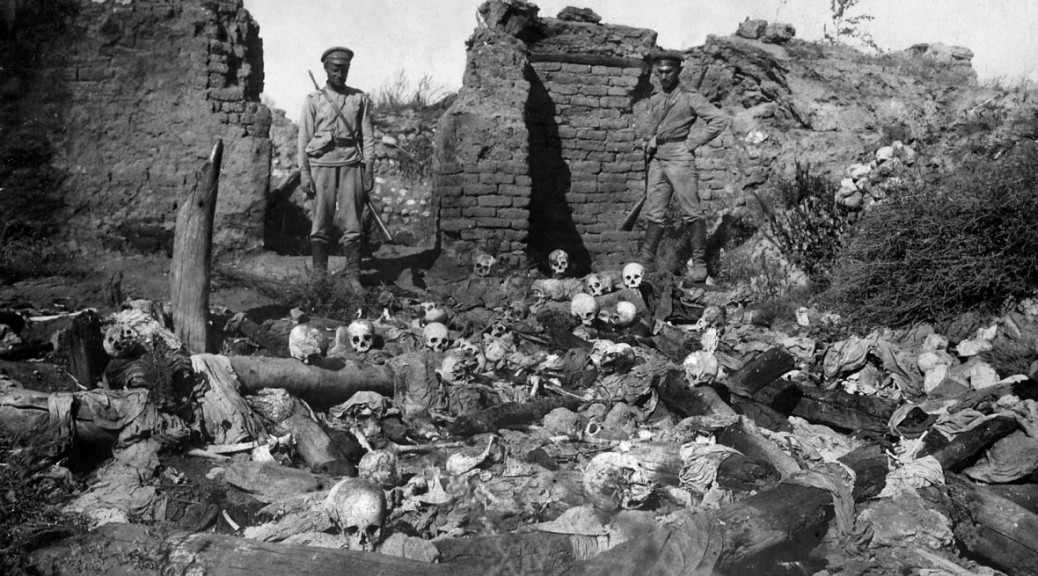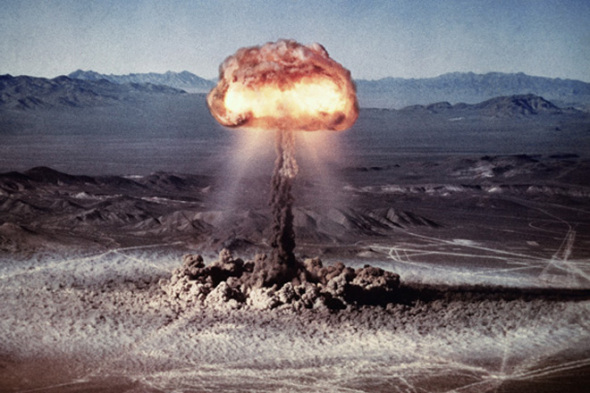When you hear the phrase “draft riots” do you think of the Vietnam Era and burning draft cards? There were lots of protests against that war, but the NYC Draft Riots came earlier. Much earlier. It was the largest civil insurrection in U.S. history.
It was 1863 and there was a new military draft lottery in NYC to draft men to fight for the Union army in the U.S. Civil War. All male citizens between the ages of twenty and thirty-five were eligible, as were all unmarried men between the ages of thirty-five and forty-five. Men with means could either hire a substitute or buy their way out of the army for $300, that would be over $5000 today, adjusted for inflation. While blacks could, and did, join the army, they were not subject to the draft because they were not considered citizens.
It started with protests – demonstrations against the first federally mandated conscription laws in the United States – but quickly became violent riots that lasted for four days.
The city had always been divided on the subject of the Civil War. There had been calls for the city to secede from the Union, it depended heavily on the slave trade and had strong business ties to the South. Democratic Party leaders incited people with stories about how the Emancipation Proclamation would leave New York overrun by freed slaves.
Early Monday morning on July 13, 1863, the riots began. A group of firefighters who were mad about the conscription of their chief began smashing windows of the city’s Provost Marshall’s office. The mob that had formed outside followed them in and began destroying draft equipment.
Another early target was the offices of the New York Tribune newspaper because it was pro-war. (The editor, Horace Greeley was an abolitionist.)
By the afternoon the attackers had begun going after black people. The mob went to the Colored Orphan Asylum (the children had been safely removed shortly before) and destroyed clothing and toys and then set the building on fire. The destruction took only 20 minutes.
They were temporarily slowed by a night of heavy rain but were back out the next morning, ready for more mayhem. They destroyed downtown businesses and constructed barricades to keep the police away.
One black man, William Jones, was lynched. Jeremiah Robinson was beaten and drowned. A black sailor, William Williams was stabbed and stomped on, then stoned.
Col. Henry O’Brien who was in charge of the 11th New York Volunteer Infantry Regiment was also killed when he was coming to the aid of police fighting the rioters. The mob had withdrawn and O’Brien had walked down the street to a drugstore. Unfortunately, a group of rioters returned and attacked him. He was beaten, stoned, kicked, and then tortured to death. A black coachman, Abraham Franklin, was removed from his home and hanged, then dragged dead through the streets by his genitals.
They attacked white abolitionists and prominent Republicans. The mob burned down the home of Abby Hopper Gibbons, an abolitionist and social activist.They attacked two white women, Ann Derrickson and Ann Martin, who were married to black men.
White dock workers and longshoremen who had resented having to work with blacks attacked any buildings near the docks that catered to black clients – boarding houses, dance halls, tenements, and brothels. The businesses were destroyed and their white owners were stripped naked and left in the streets.
The New York state militia and other troops were called in to put down the riots. Many of the federal troops had just come from the battle at Gettysburg.
City Democrats put forth a bill to provide low interest loans for draft exemptions, Republican Mayor George Opdyke vetoed it, but the veto was overturned. This was the era of the Tammany Hall run city government which continued to grow in power by fighting for the rights of white working men.
Over 100 people died. Hundreds of buildings were damaged, some burnt to the ground, but only 67 people were convicted for their violent attacks and none of them received a meaningful sentence.
The draft was restarted a month later. Out of 80,000 men drafted from the state of New York, fewer than 2,400 actually went into the army. The rest had physical deferments or other exemptions.





